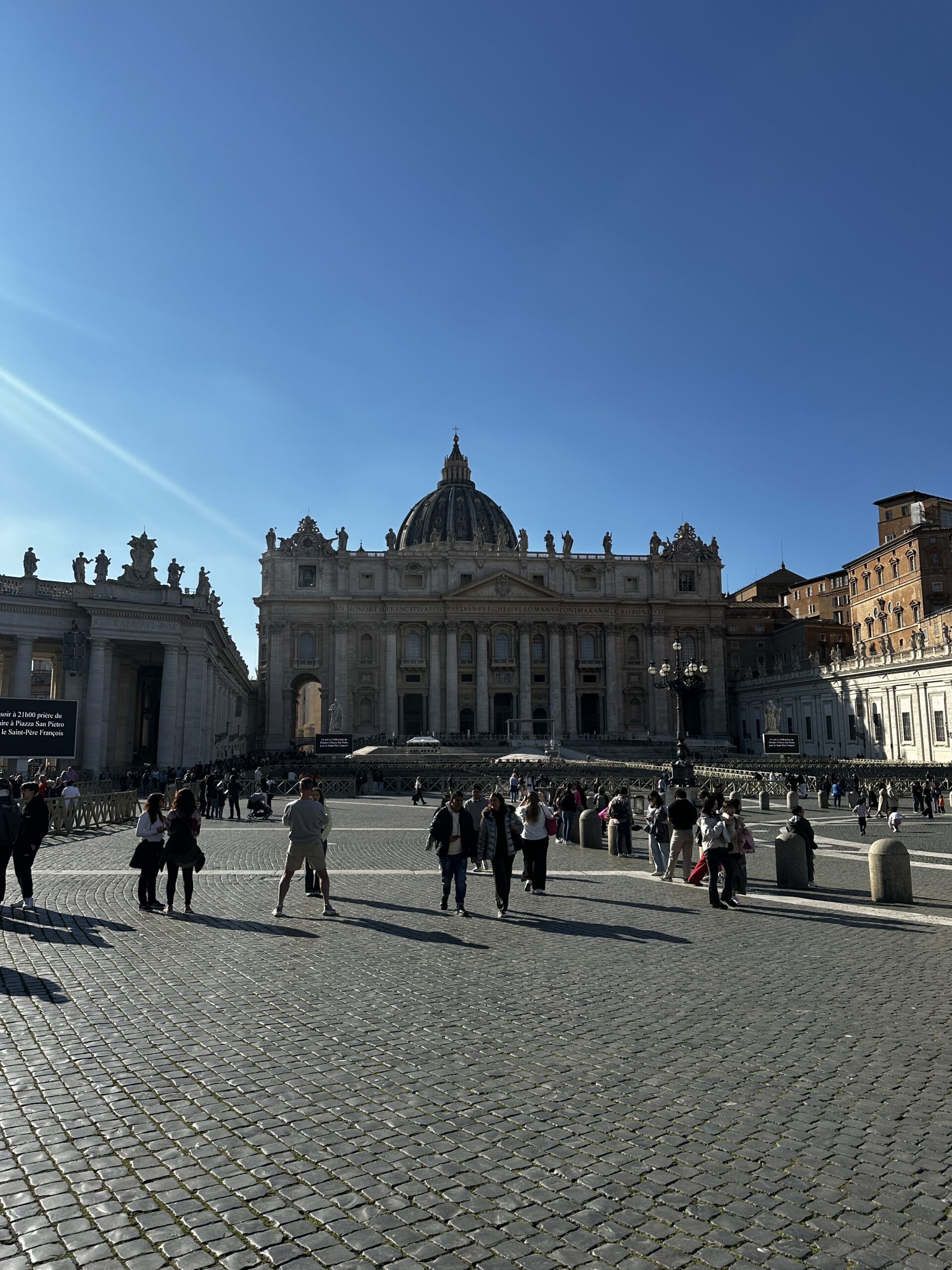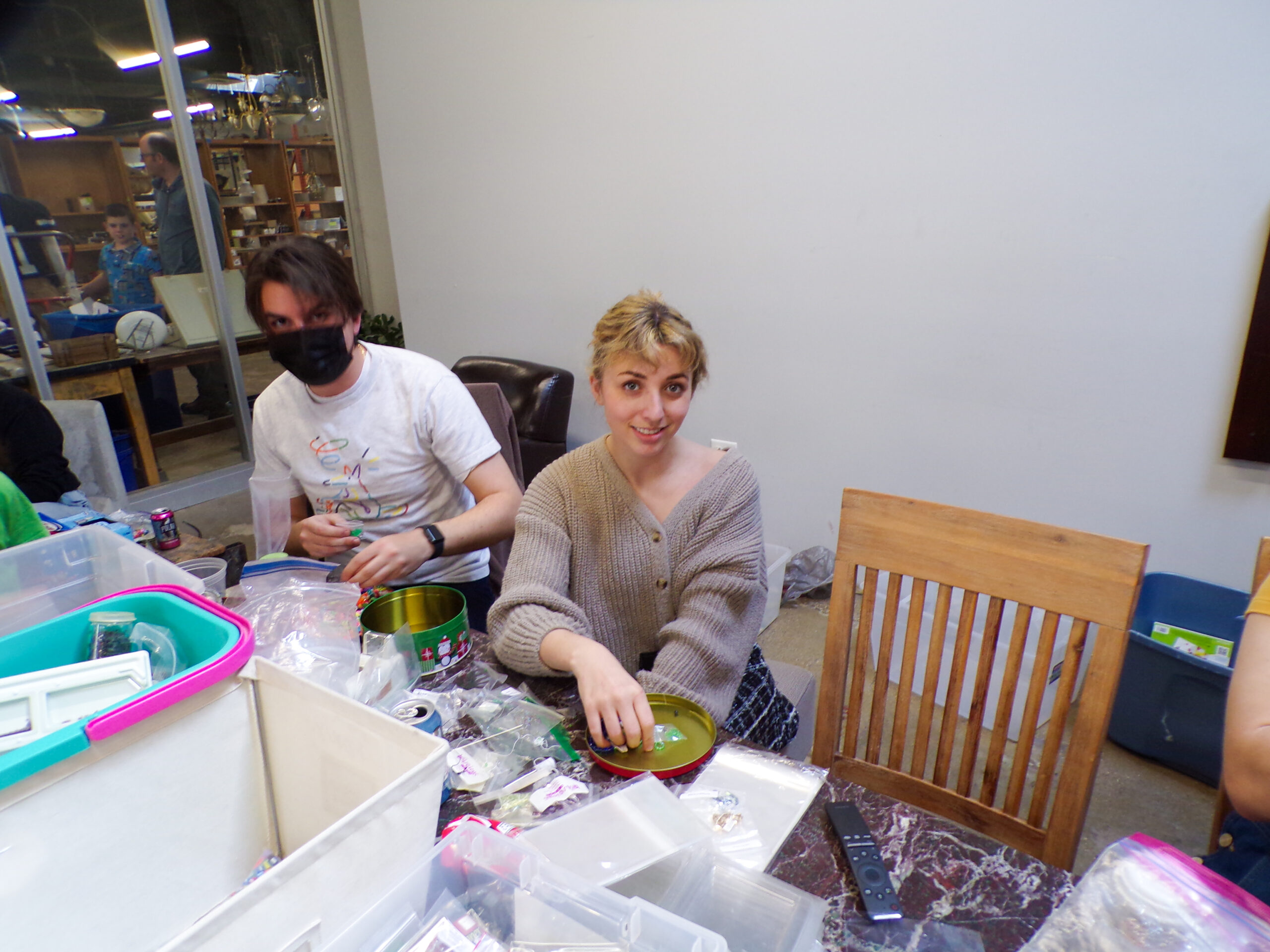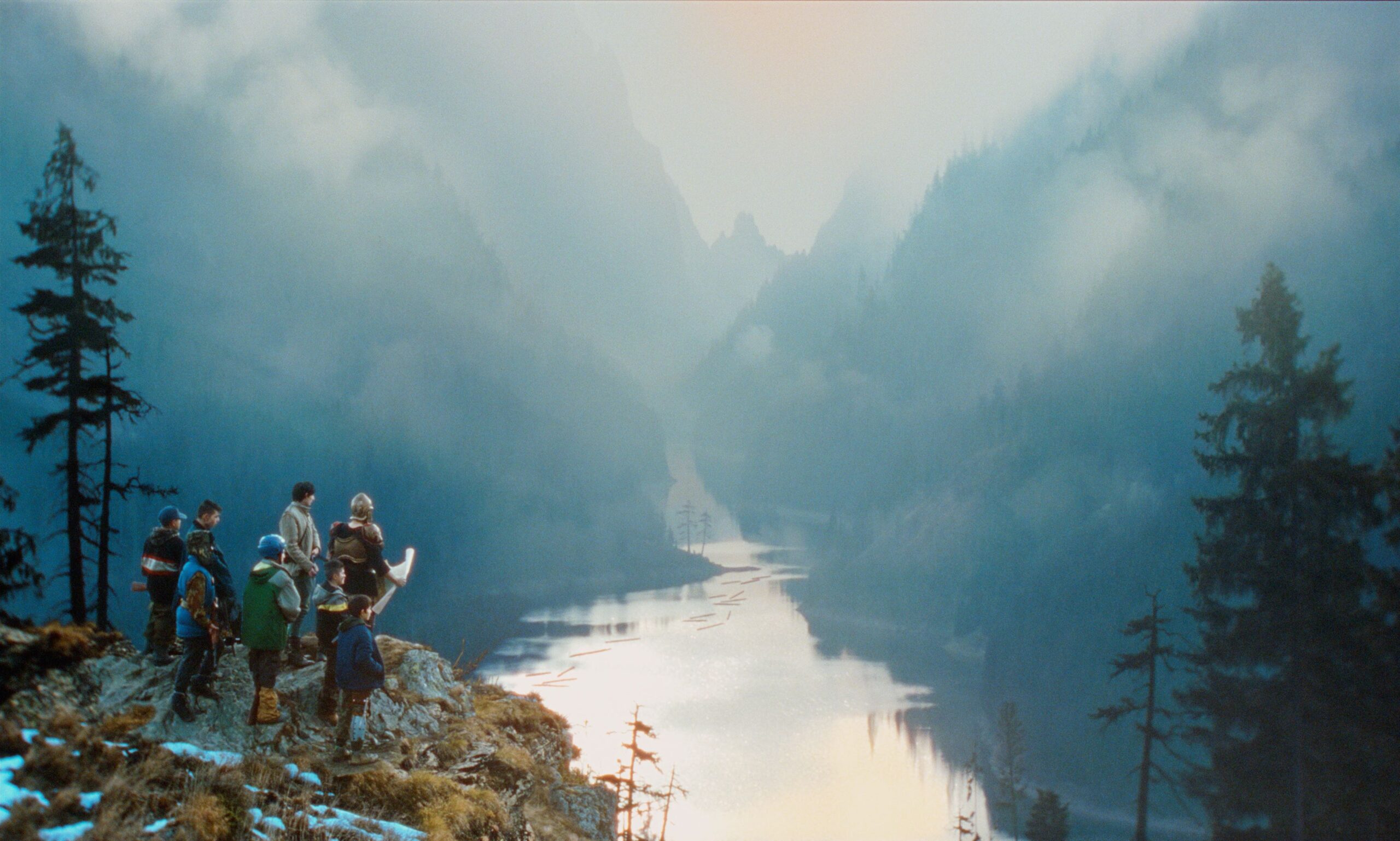Sports editor Griffin Krueger answers the question: why do men think about the Roman Empire?
I certainly don’t think about the Roman Empire everyday, but hey — hyperbole is fun and a good way to frame conversations. I do, however, find myself returning to think and learn about the great empires of Antiquity quite often — and how could you ignore Rome?
I’m going to try my best to give a voice to, and assume the avatar of, all of the people who apparently think about the Roman Empire every single day. If I’m successful, maybe you’ll be inclined to join us by the time I’m through.
For a moment, imagine you’re a peasant in the Tuscan countryside in 750 C.E. and you find yourself looking up at an aqueduct which has progressively fallen into disrepair as centuries have come and gone. In the Dark Ages, aqueducts were awe-inspiring — no one knew how such a large and complex piece of infrastructure was constructed. A grand civilization must’ve stood here once, with capabilities you could never even begin to fathom.
By around 100 B.C.E., Rome was capable of bringing fresh drinking water to its cities from hundreds of miles away. At the end of the first-century B.C.E., Rome’s wealthiest citizens had indoor plumbing and all citizens had access to clean water in public spaces. To put the magnitude of that feat into greater context, the majority of homes in the United States didn’t have indoor plumbing until the early 1900s.
At the Roman Empire’s peak — Pax Romana — the Roman Empire stretched from the southern border of Scotland to the scenic coasts of Portugal and Spain, all along the Mediterranean coast of North Africa to the Nile Delta. Then continued back north through the holy land of Jerusalem, across the mountains of Anatolia, east across the Greek Islands and continued through Eastern Europe back to the heart of the empire in central Italy.
In other words, the Romans conquered worlds Alexander the Great didn’t even know existed. They accomplished this through innovative military techniques, many of which were staples in European warfare until the introduction of gunpowder changed the nature of combat.
Professionalism is what set the Roman Military apart. Roman Legionaries stayed in the service during times of peace and were paid a salary — a rarity for armies at the time — and were better trained and more cohesive than their opponents.
Rome also had the benefit of being the home to some of history’s greatest generals. The stories of Julius Caesar’s conquest of Gaul are legendary, but you can’t leave out Trajan, Pompey and Augustus.
In February, there will be a leap day, thanks to Julius Caesar and his Julian Calendar. The Romans were the first to figure out it takes just over 365 days for the sun to rotate fully around the earth. Additionally, July is named for Caesar while August is named in honor of Augustus.
When discussing our system of government, we like to reference the Ancient Athenian concept of Demokratia, or Democracy. However, the United States government better resembles that of the Roman Republic in several striking ways.
Around 509 C.E., the people of Rome overthrew its monarchy and replaced it with a Republic where all citizens — a designation which didn’t include women and slaves — were able to vote for their leaders. The Roman government was divided into three branches, each of which were designated different powers and responsibilities. Each could check and balance the powers of the other two.
The Republican Consuls were similar to our modern executive branch while the Roman Senate parallels our legislative branch.
After Augustus assumed the title of Emperor in 27 B.C.E. and ended the Republic for good, the world wouldn’t see another government as popularly representative as Rome’s was for nearly 1800 years when some colonists in North America decided to get unruly.
You could go on and on about the Punic Wars, the power struggle between Caesar and Pompey as well as Nero and the suspicious nature of the Great Fire of Rome forever, if you really wanted to. However, I’d like to jump ahead to 313 C.E. when Emperor Constantine legalized Christianity in the Empire and convened the First Council of Nicea — the ancient Roman event perhaps most connected to Loyola Chicago.
Constantine was instrumental in the establishment of the Catholic Church and dictated many of its original doctrines. Catholicism survived the fall of the empire and was central to European history and development. Today, 2.1 billion people identify as some form of Christian according to the Pew Research Center.
Perhaps the Roman innovation my colleagues at The Phoenix and I hold most nearly and dearly is the daily newspaper. In 59 B.C.E., Julius Caesar founded the world’s first newspaper, which included reports of debates in the senate, military conquests and sporting events at the Circus Maximus.
I hope all of this has shown, in some way, how Roman history is fascinating and why there are many reasons people today still think about it all the time. In perfect succinctness, William Faulkner put it best when he said, “History is not was, it is.”
Feature image by Ryan Pittman / The Phoenix
-

Griffin Krueger is the Editor-in-Chief of The Phoenix. He began working for The Phoenix during his first week at Loyola and has been writing about the university, the surrounding community and the city of Chicago ever since. Krueger previously worked as Deputy News Editor and Sports Editor and is a fourth-year studying political science with a minor in history. Originally from Billings, MT, he enjoys reading and exploring the city on his bike.
View all posts











